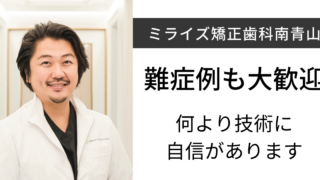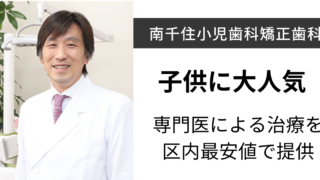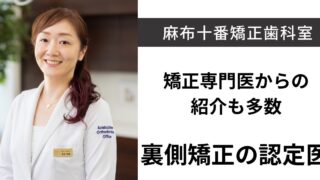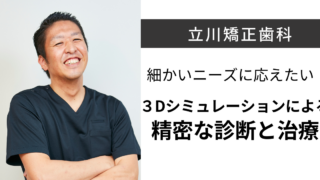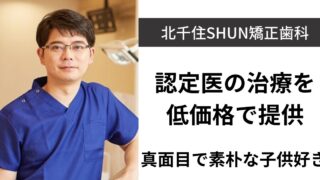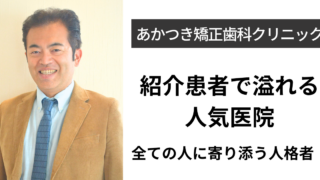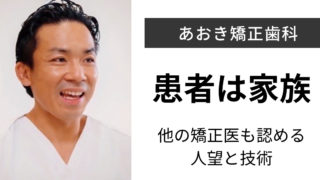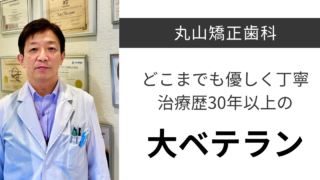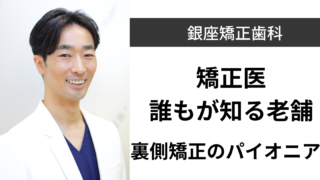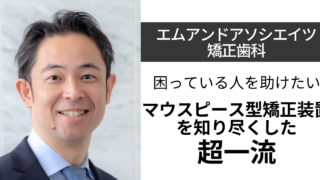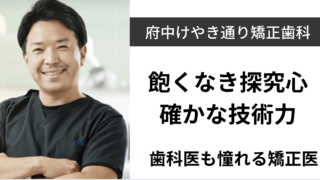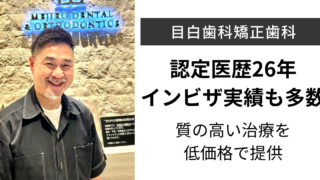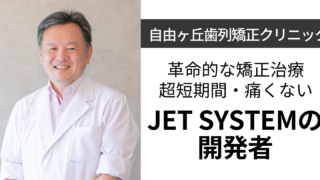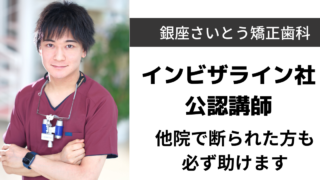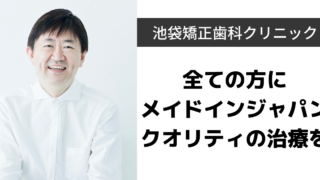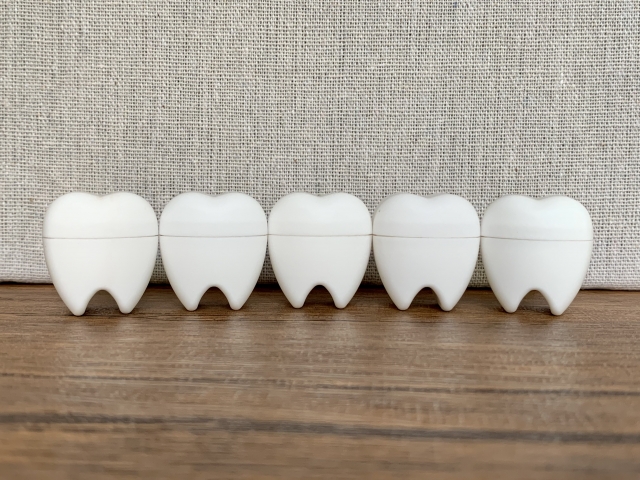
Cases in which partial correction is not possible and the reasons|Cases in which total correction is necessary and its advantages

Doctor, I would like to have partial braces, but I was told that with my teeth, partial braces are not possible.
Why?

Many people prefer orthodontic partial braces because they tend to be shorter and less expensive.
I understand.
This time,We will discuss examples of cases where partial correction is not possible and why, and cases where total correction is necessary and its advantages!
Examples and reasons why partial correction is not possible

Two examples where partial correction is not possible are
- Cases of bite problems
- Cases where space for teeth cannot be secured more than 3 mm
Each will be explained with specific examples and reasons.
Cases of bite problems
Cases with bite problems cannot be cured by partial orthodontics.
Partial orthodontics improves the alignment of teeth by moving teeth up to the third tooth counting from the front (canine) or the fourth to fifth teeth (bicuspids).
The range of improvement is more limited than with total orthodontics, which moves all teeth, even the back teeth,
- overbite
- receiving window
- open bite
- overbite
- Snapping teeth, etc.
These cases with bite problems are,It is not expected to be sufficiently effective and cannot be cured by partial correction.
Cases with bite problems are those in which the teeth and bite are malaligned due to skeletal reasons, such as the size and anterior-posterior position of the upper and lower jaws.
In such cases, even if the patient is cured with partial orthodontic treatment, new problems may arise, such as "the front teeth are clean but the back teeth do not bite.
Cases where space for teeth cannot be secured more than 3 mm
- Uneven teeth (plexus)
- overbite
- receiving window
- Midline misalignment, etc.
In these cases,Partial orthodontic treatment is not possible if more than 3 mm of space is needed to align the teeth.
Partial orthodontic treatment without enough space to align the teeth may cause problems such as "bucktooth".
Typically, teeth are aligned by providing space for the teeth to line up in the following ways
- IPR (discing)
- Lateral expansion of the jaw
- Move the back teeth back.
- tooth extraction
- Cutting the jawbone (surgical orthodontic treatment)
If the space needed to align the teeth is small, IPR or lateral expansion of the jaw can be used.
However, if a lot of space is needed to align the teeth, a tooth extraction or jaw bone cutting procedure that can create more space will be necessary.
Basically, IPR is the only method that can be used for partial correction.
This is because if the space for teeth alignment is obtained by methods other than IPR, a total orthodontic correction that moves the teeth all the way to the back teeth will be necessary to fill the space.
IPR is a method in which the space between teeth is thinly shaved to make room for the teeth to line up.
The maximum amount of teeth that can be shaved by IPR is 0.5mm in one location. In partial orthodontic treatment, IPR can only be performed on the front teeth, so the space that can be created is around 3mm.
Therefore, cases that require more than 3 mm of space to align the teeth are not eligible for partial orthodontic treatment.
Cases requiring and benefits of total orthodontic correction
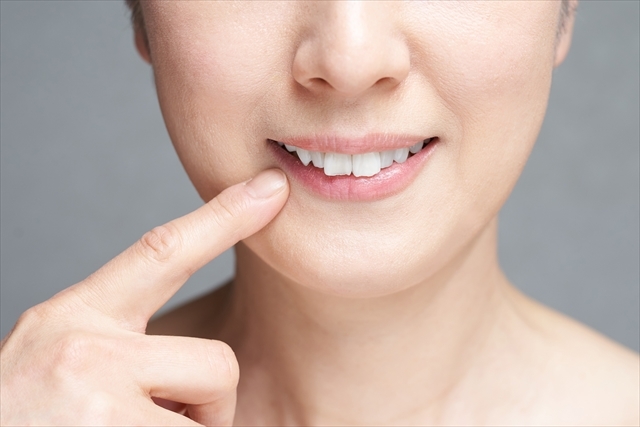
Cases requiring total correction areCases that require more than 3mm space to align teeth and have bite problemsIt is.
Total orthodontic treatment is longer and more expensive than partial orthodontic treatment.
However, total orthodontics can move the teeth all the way to the back to improve the overall bite, which is an advantage that partial orthodontics does not offer.
There are three advantages to total correction
- Can be used for a variety of cases
- I can even fix your bite.
- Major changes in profile can be expected.
Can be used for a variety of cases
Because the whole orthodontic system moves all teeth, even the back teeth,It can be used for a variety of cases from mild to severe.
Because the treatment scope is not limited, total orthodontics can accommodate teeth that have bite or skeletal problems because it can move teeth significantly through tooth extractions or jawbone cutting procedures.
I can even fix your bite.
I can move them to the back teeth and adjust the bite,It may be possible to improve stiff shoulders and headaches caused by a poor bite.
Major changes in profile can be expected.
If you have a complex about your mouth when viewed from the side because of a mouth burp, bucktooth, or a passive mouth,A major change in profile can be expected with total correction.
How much the profile will change depends on the original alignment of the teeth, the skeleton, and the treatment plan.
Depending on the alignment of the teeth, partial braces can change the profile impression, but full braces can lower the mouth back significantly, allowing for a greater change in profile.
For cases in which the E-line is desired to be adjusted for a good profile and the mouth should be lowered significantly, total correction is recommended.
Extent and method of partial correction possible
Partial orthodontic treatment uses the following two devices to correct the alignment of the teeth.
- wire orthodontia
- mouthpiece orthodontics
wire orthodontia
This is a method of moving teeth by wearing brackets and wires made of metal or ceramic.
Wires can be worn on the front or back of the teeth.
The position of the wires on the front side of the teeth is called "front side braces", while those on the back side of the teeth are called "back side braces" or "lingual braces".
The extent to which partial orthodontic treatment with wire braces can cure
In partial correction,Up to the third tooth from the front (canine)The target is often a
Since the appliance is worn only on the teeth to be treated, there is less discomfort than with full orthodontic treatment.
Cost and treatment period
Front side and back side orthodontics differ in the cost of devices and the difficulty of treatment techniques.
As a result, there is no significant difference in treatment time, but the cost of treatment varies.
Because the cost of devices is higher and treatment is more difficult with backside orthodontics than with front side orthodontics,Basically, backside braces tend to be more expensive.
lingual braces (dentistry)
- Cost→ Approx. 80,000-45,000 yen
- Treatment period→approx. 3-7 months
Backside orthodontics (lingual orthodontics)
- Cost→ Approx. 160,000-550,000 yen
- Treatment period→approx. 3-7 months
mouthpiece orthodontics
This is a method of aligning the teeth by wearing a transparent mouthpiece for at least 20 to 22 hours a day.
Unlike wire braces, where the appliance is worn only on the teeth to be treated, a mouthpiece is used that covers all the back teeth.
It is a mouthpiece that covers even the back teeth,In partial braces, only the teeth to be treated are designed to move, so the back teeth do not move.
The extent to which partial mouthpiece orthodontics can cure
In partial orthodontic treatment with a mouthpiece10 front teeth up to the fifth tooth from the front (second bicuspid)(20 upper and lower teeth combined) as the scope of treatment in most cases.
However, there are many different brands of mouthpiece orthodontics.
Different mouthpiece orthodontic brands have different areas that can be treated, so check before treatment.
Cost and treatment period
- Cost -> About 100,000-800,000 yen
- Treatment period → about 3 months to 1 year
summary
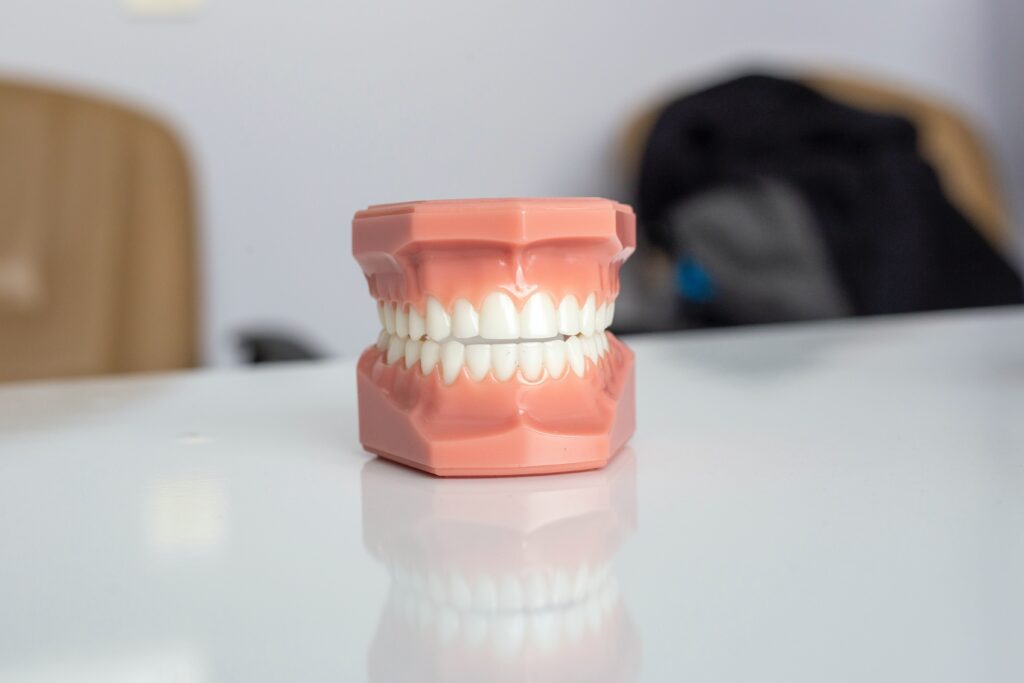
Partial orthodontic treatment is limited in the range of tooth movement.
Therefore,Partial orthodontic treatment is not available for people with teeth that are not aligned in a way that allows space for teeth alignment or for people with bite problems.
Note that forcing teeth to be aligned in partial braces may cause problems such as "no bite" or "bucktooth".
In 365dentist,
- Consultation via dentist-run open chat
- Helping you find the right dentist for you
- Useful columns about the mouth
to support your oral health and beauty!
If you are wondering if partial orthodontic treatment is possible, please feel free to contact us first via our dentist-operated open chat!
RELATED:Can your teeth be partially straightened? Or not?
RELATED:What is the difference between those who can and cannot have partial correction?
RELATED:Can partial braces fix bucktooth?
365dentist General Supervisor Dentist/Yukiko Katsuya
Graduated from Nagasaki University School of Dentistry, ~2018 Kyushu Medical Center, 2018-present Working at a dental clinic in Tokyo
Supervisor: Dentist/Naomi
After completing clinical training, worked in cosmetic dentistry in Tokyo. Currently a dentist and dental writer.

